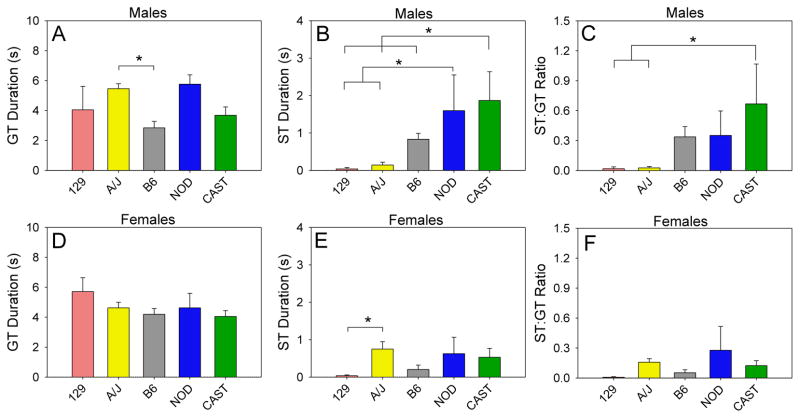Figure 5. Strain and sex differences in sign- and goal-tracking.
The range of goal-tracking duration across strains was greater in males (A) than females (D), and only male A/J and male C57BL/6J strains differed significantly. The range of sign-tracking duration across strains was also greater in males (B) than females (E). In males, CAST/EiJ mice exhibited the greatest degree of sign-tracking, and sign-tracking in these mice was significantly greater than that of 129S1/SvImJ, A/J, and C57BL/6J mice. In females, A/J mice exhibited the greatest degree of sign-tracking, and sign-tracking in these mice was significantly greater than that of 129S1/SvImJ mice. Male CAST/EiJ mice exhibited the greatest ST:GT duration ratio, and this ratio differed significantly from those of male 129S1/SvImJ and A/J mice (C). ST:GT duration ratios of female mice did not differ significantly (F).
* p < .05

